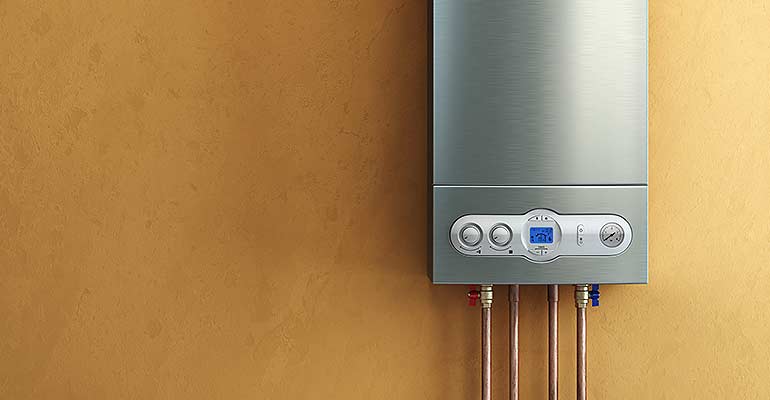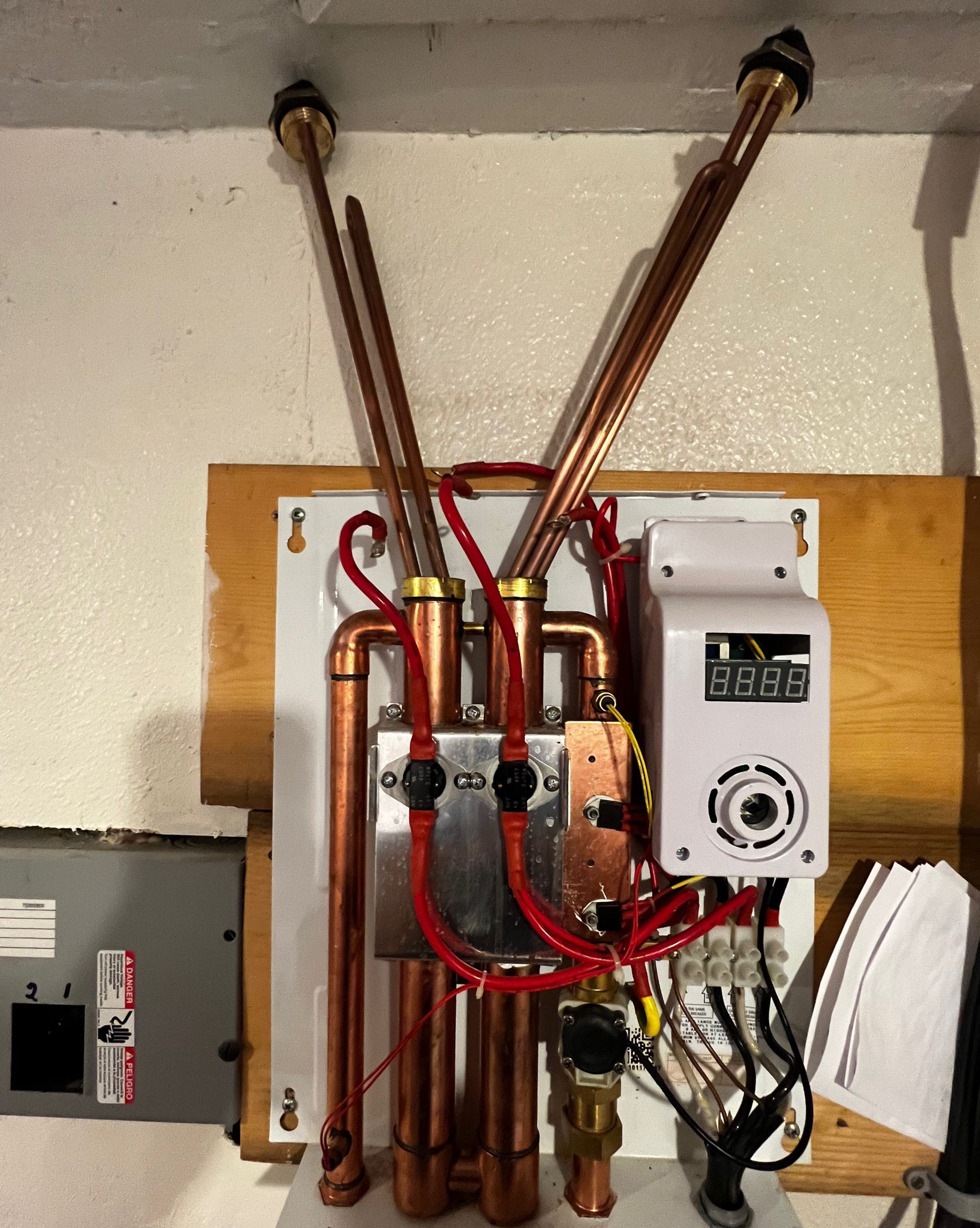Step-by-Step Steps to Caring for Your Home's Hot Water System
Step-by-Step Steps to Caring for Your Home's Hot Water System
Blog Article
Are you in search of additional info about Tips on Maintaining a Water Heater?

Warm water is important for day-to-day comfort, whether it's for a refreshing shower or cleaning meals. To guarantee your hot water system runs efficiently and lasts much longer, routine maintenance is vital. This post supplies useful tips and understandings on how to keep your home's warm water system to avoid disturbances and expensive repair work.
Intro
Preserving your home's hot water system may seem overwhelming, yet with a few simple actions, you can ensure it runs efficiently for many years to come. This overview covers whatever from understanding your hot water system to do it yourself maintenance pointers and understanding when to call in specialist help.
Relevance of Maintaining Your Warm Water System
Regular maintenance not just prolongs the lifespan of your warm water system yet also ensures it runs efficiently. Overlooking upkeep can lead to reduced efficiency, higher energy bills, and even early failing of the system.
Signs Your Warm Water System Demands Maintenance
Understanding when your hot water system requires focus can prevent major concerns. Look out for indications such as irregular water temperature, odd sounds from the heater, or rusty water.
Comprehending Your Warm Water System
Before diving into maintenance tasks, it's handy to understand the basic elements of your warm water system. Commonly, this includes the hot water heater itself, pipelines, anode poles, and temperature controls.
Regular Monthly Upkeep Tasks
Normal month-to-month checks can assist capture small concerns prior to they escalate.
Flushing the Water Heater
Flushing your hot water heater gets rid of debris build-up, improving efficiency and prolonging its life.
Checking and Changing Anode Rods
Anode poles stop deterioration inside the container. Inspecting and replacing them when worn out is essential.
Checking and Adjusting Temperature Settings
Adjusting the temperature level setups ensures ideal efficiency and safety and security.
Do It Yourself Tips for Upkeep
You can do a number of maintenance tasks yourself to keep your hot water system in leading problem.
Looking for Leakages
On a regular basis check pipelines and links for leakages, as these can result in water damage and higher bills.
Examining Stress Relief Valves
Examining the stress safety valve ensures it functions appropriately and protects against excessive stress accumulation.
Protecting Pipes
Shielding warm water pipes decreases warm loss and can save power.
When to Call a Specialist
While do it yourself maintenance is beneficial, some concerns call for professional proficiency.
Facility Problems Requiring Professional Aid
Examples consist of significant leaks, electric issues, or if your water heater is continually underperforming.
Regular Expert Maintenance Conveniences
Expert maintenance can consist of extensive assessments, tune-ups, and making certain conformity with safety criteria.
Conclusion
Normal maintenance of your home's warm water system is necessary for effectiveness, longevity, and expense savings. By adhering to these suggestions and recognizing when to seek specialist assistance, you can ensure a trustworthy supply of hot water without unanticipated disruptions.
Water Heater Maintenance Tips
Test the TPR Valve
Shut off the power and the cold-water supply valve. Place a bucket under the pipe connected to the temperature-pressure-release (TPR) valve on the top or side of the tank. (This valve opens if the tank pressure gets too high.) Lift the valve’s tab to let some water out, then let go. If water keeps flowing, drain the tank partway, unscrew the old valve with a pipe wrench, and install a new one. Check the Anode Rod
Put a hose to the tank’s drain cock and let out a few gallons of water. Now fit a 1 1/16-inch socket onto the rod’s hex head on top of the heater (or under its top plate) and unscrew the rod. If it’s less than ½ inch thick or coated with calcium, buy a new one, wrap its threads with Teflon tape, put it back in the tank, and tighten securely. Use this segmented rod if headroom above the tank is limited. Drain the Tank and Wash Out Sediment
Drain the remaining water in the tank into the bucket, then stir up the sediment on the tank’s bottom by briefly opening the cold-water supply valve. Drain and repeat until clean water comes out of the hose. Close the drain cock, refill the tank, and turn its power back on. Adjust the Temperature
Find the temperature dial on the side of the tank and unscrew its cover. Adjust the dial to 120 degrees using a flathead screwdriver. For every 10 degrees the temperature is lowered, you can expect to save up to 5 percent in energy costs. Turn the water heater off or the thermostat down to its lowest setting if you plan to be away from home for more than three days. Insulate the Pipes
Buy some self-sticking 3/8-inch-thick foam pipe insulation that matches the pipes’ diameter. Slide the foam over the hot-and cold-water pipes as far as you can reach. Insulating the cold-water pipe prevents condensation in summer. Peel the tape and squeeze the insulation closed. If the pipe is 6 inches or less from the flue, cover it with 1-inch-thick unfaced fiberglass pipe wrap. https://www.thisoldhouse.com/plumbing/21016402/how-to-maintain-a-water-heater

I'm certainly very excited about What Kind of Maintenance Do Water Heaters Need? and I really hope you appreciated the new page. Enjoyed our blog posting? Please quickly share it. Help someone else locate it. Thank you for going through it.
Call Today Report this page